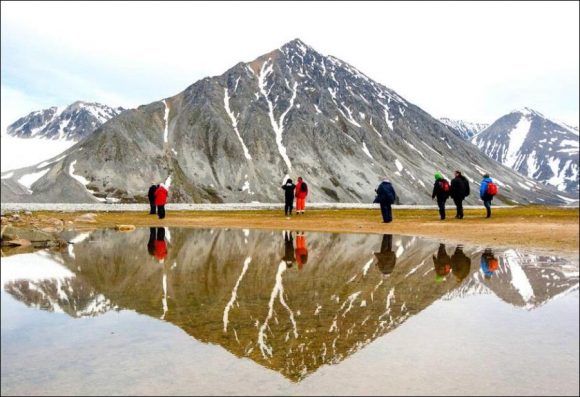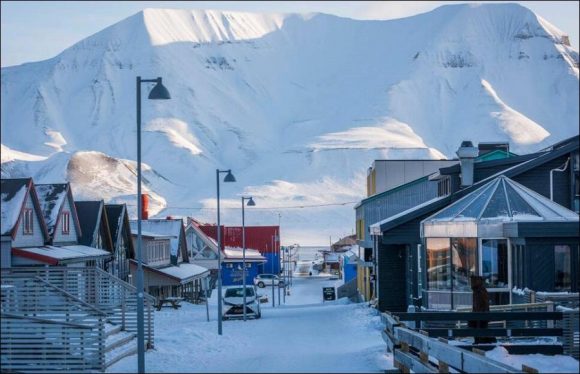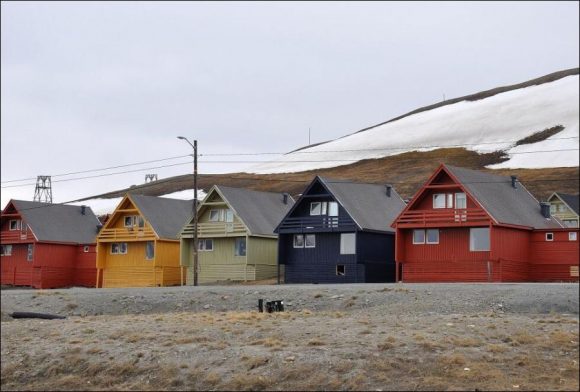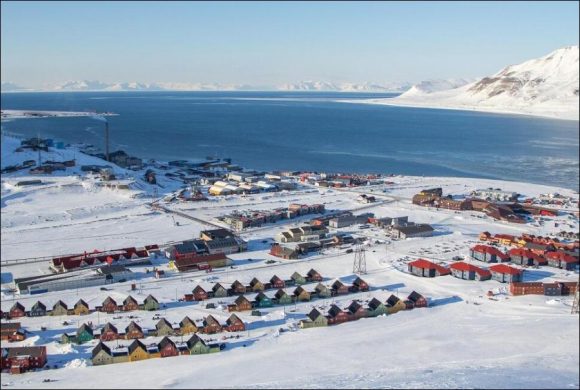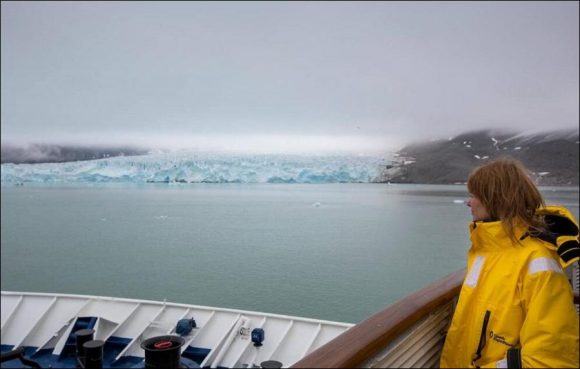Svalbard islands… A land of snow and ice in the Arctic circle, which is protected as a natural heritage, attracts attention with its rich wildlife and impressive geography. Especially life on the island of Spitsbergen and Longyearbyen is very interesting. The region is also known as “islands with interesting bans”.
The name Spitsbergen actually means rugged hills. This name was given by the Dutch explorer Willem Barents, who found the island by chance when searching for the North Sea Route in 1596. But besides this fact, there is a possibility that the Vikings had found the islands many years ago in 1194. Because the name Svalbard is mentioned for the first time in Icelandic epics written in the 10th and 11th centuries. The total surface area of all the islands is 39 thousand square kilometers. Considering the most extreme points, 450 km long and 225 km wide…
Spitsbergen is one of the few places in the world where the sun shines for 24 hours in June. Almost 2 thousand people live in the archipelago. There is also a university on the island of Longyearbyen, the headquarters of Svalbard.
There are five seasons here
It is assumed that there are five seasons in Svalbard; Spring, summer, autumn, dark winter and normal winter. In the season known as dark winter or polar night, the sun never rises and twilight period is observed in February or March.
The second winter, another winter, is a favorite of many people. Sky and landscape colors change according to the hours. The sun seems to be able to rise on the horizon at any moment. That’s why people love this winter more. This event lasts for weeks. Most people who live here come from tourism, coal mines, or researchers to continue their work.
The suffering to see the sun
Those who want to see the sun earlier and earlier than anyone climb the mountains towards the end of February. The best place in Trollsteinen. This place is at an altitude of 850 meters. As a result of approximately 2-3 hours of climbing, people get the award. However, sometimes the sun does not show its face due to unpredictable weather events. It takes a week or two to run after the first sunlight. However, this is one of the best experiences that island residents have had throughout their life.
Women are not allowed to give birth
The most interesting thing about the region is that women cannot give birth. The reason is isolation! It is forbidden to give birth due to isolation. Even people of retirement age cannot live on the island. They are sent by the district administration.
Strange but true… It is forbidden to wander without a gun
Another interesting rule in Svalbard is that you have to weapon almost everywhere, including the settlement. In the region, where the polar bears are natural habitats, it is imperative that everyone carry a gun with them in order to be protected from possible attacks. Of course, polar bears are not killed. Fire is thrown into the air just to scare.
‘We call this island of contrasts’
“This island is completely known as the island of contrasts, we already say so,” said Ronny Brunvoll, who made a statement to CNN Travel. Throughout the polar night, everywhere is black without sunlight. In this pitch-black, people can’t even see three steps ahead. In the summer, the opposite is the opposite. As if the sun was drunk, he never knows where to go. And there are bans, of course.”
Nearly 40 countries have the right to establish settlements here. In accordance with the ‘Svalbard Treaty’ signed in 1920, over 40 countries have the right to establish settlements on the islands. Today, only Russia and Norway exercise this right. Longyearbyen, the largest settlement in the archipelago, is affiliated with Norway. Spitsbergen officially appears within the borders of Norway.
Visits: 85
